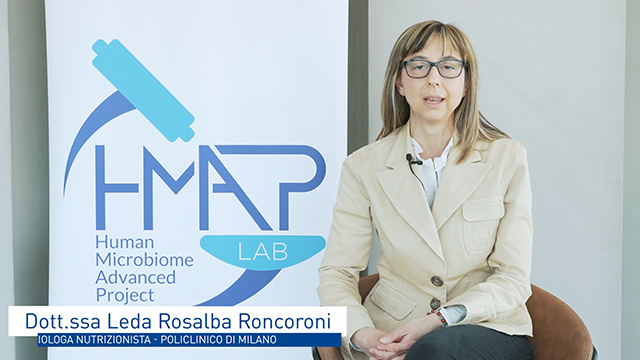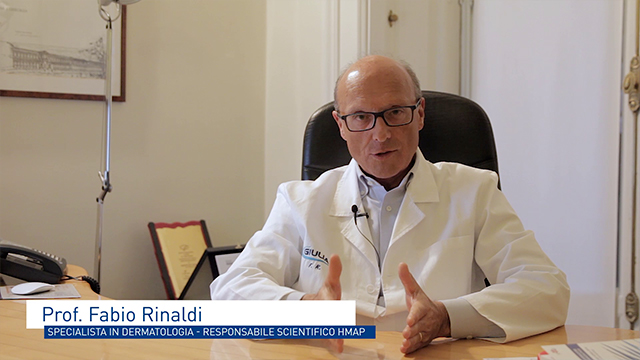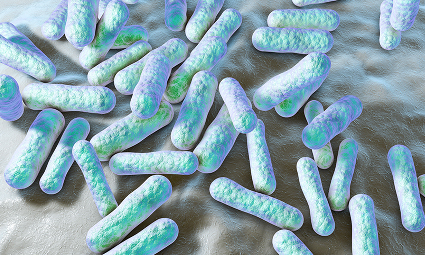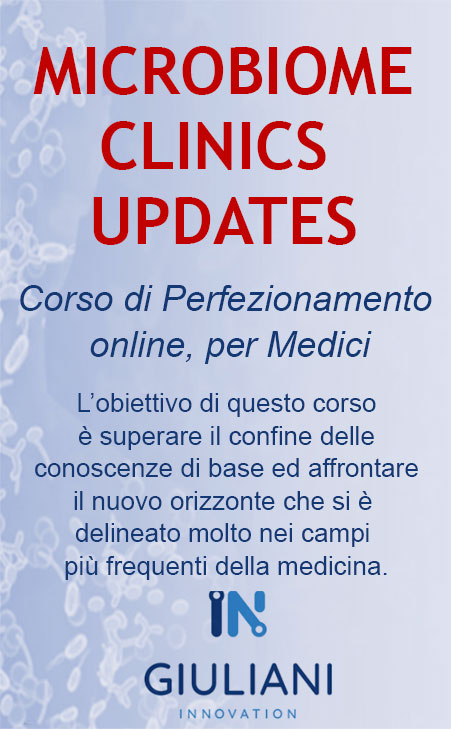Oral microbiome
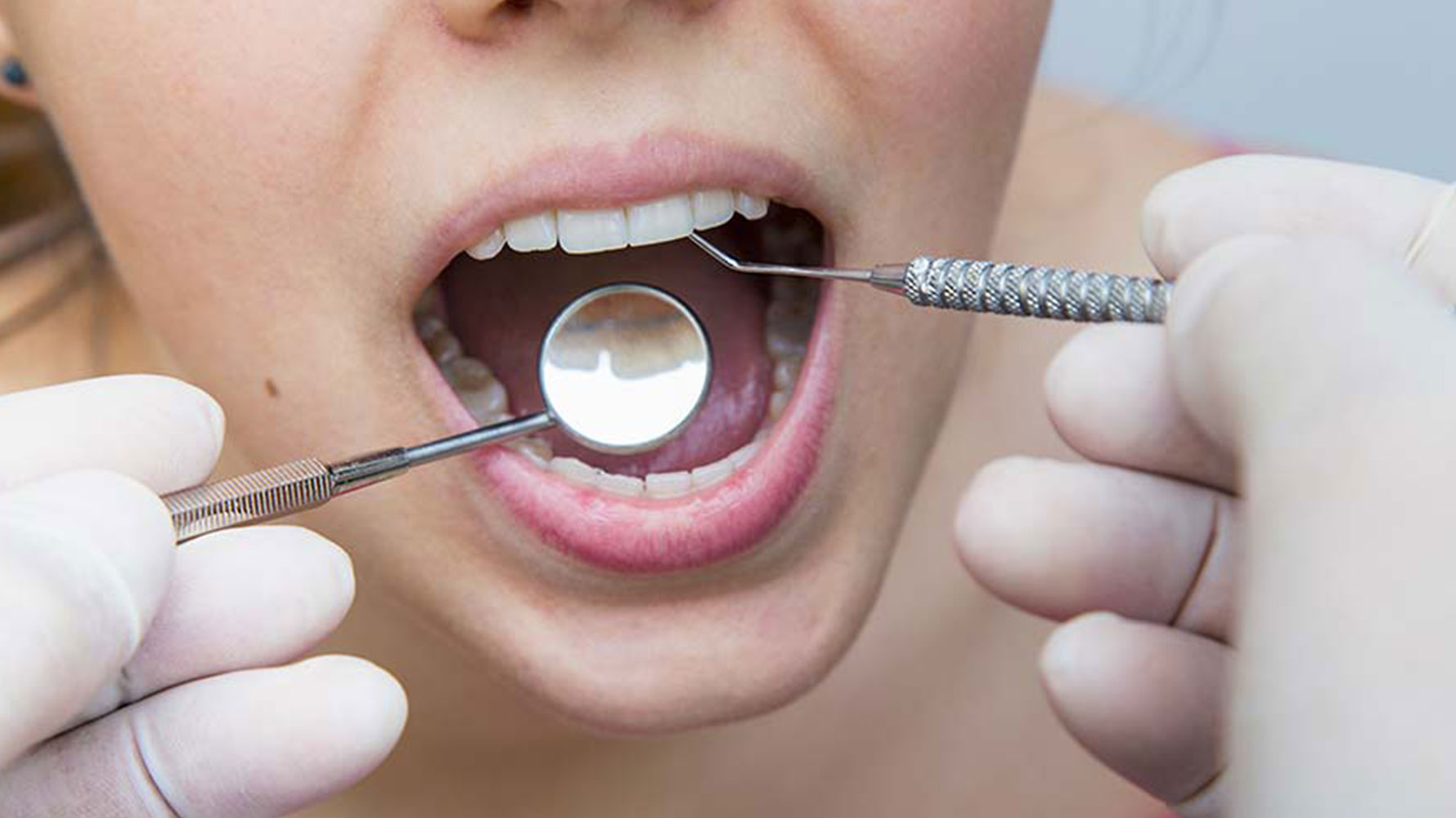
Oral microbiome is one of the most complex human microbiota expression due to the number and heterogeneity of species, since the oral cavity hosts habitats with very different anatomical and physiological features.
A few minutes after brushing, the teeth are covered by a salivary mucoproteins layer-film, which is rapidly colonized by the microorganisms living into oral cavity.
The whole biofilm, called bacterial plaque, alters microbiome composition that is linked to the most common infectious diseases of oral cavity such as periodontal disease and the caries disease.
Periodontal disease or periodontitis (or pyorrhea) is a chronic infectious disease that causes of teeth supporting apparatus destruction. The disease is asymptomatic up to its most advanced stage characterized by tooth mobility, abscesses and halitosis.
Caries is an infectious, transmissible, multifactorial aetiology disease, which affects the hard-dental tissues. This is the result of the altered balance between the host and the bacteria contained in the plaque. The cariogenic bacteria use the sugars contained in the food to survive, producing acidic waste substances that can damage tooth enamel.
Bacterial plaque is therefore a necessary (but not sufficient) condition for the onset and progression of these pathologies, and its suppression by appropriate home hygiene techniques is essential. Periodic checks and regular sessions of professional oral hygiene will guarantee oral health and the maintenance of a smile over time.
